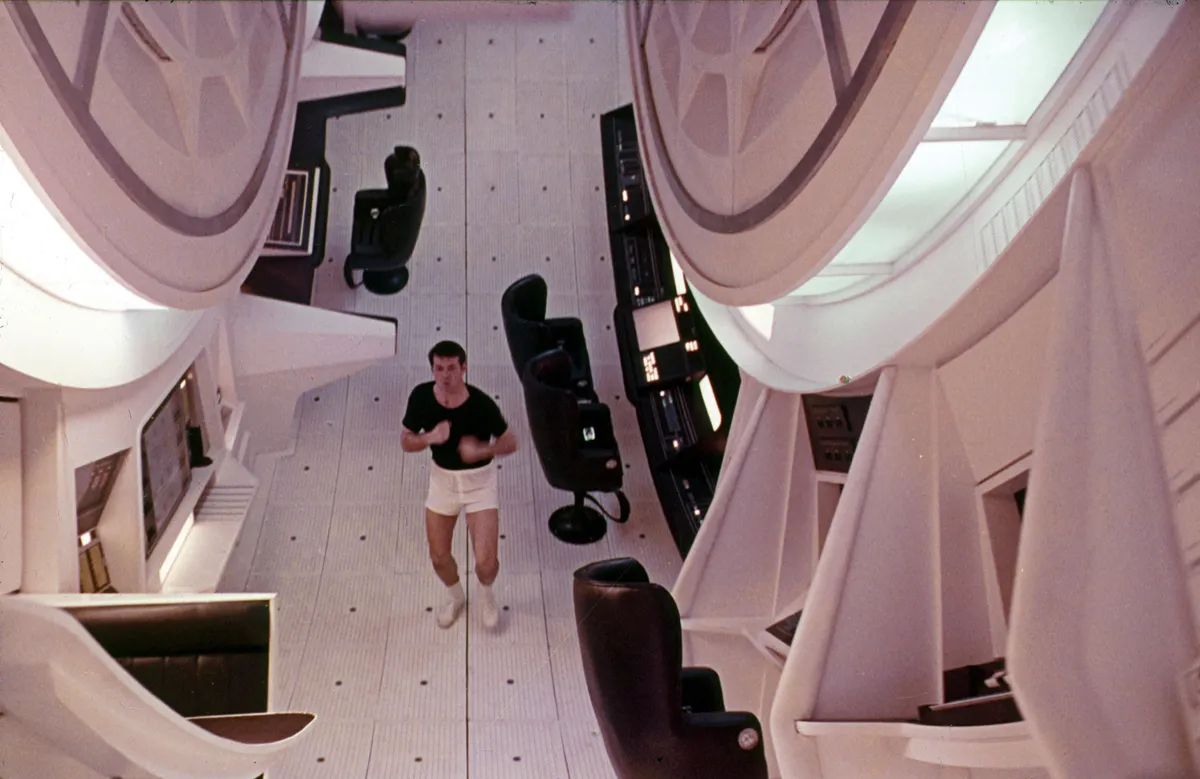The Chinese space programme has been raising eyebrows again – this time because of its proposal to study how to build a large spacecraft, at least one kilometre in length.
To put that into perspective, the International Space Station (ISS) is just 109 metres across, yet it cost $150 billion (£110 billion) and took thirty missions over the course of a decade to build. China’s proposal is for a spacecraft 10 times the size of the ISS. It may sound crazy but don’t make the mistake of dismissing it just yet.
“It’s about ambition, long-term thinking and instilling a sense of purpose. Such long-haul thinking does not fit in well with shorter-term western thinking, which might mistakenly dismiss this as propaganda,” says space writer Brian Harvey, author of the bookChina in Space: The Great Leap Forward.
There no doubt China has been making serious strides in space exploration recently. It has returned lunar rock samples to Earth for analysis, making it the third country behind the USA and Russia to do so; it has landed a rover on Mars, a feat that only the USA had previously managed; and it has made the world’s first landing on the lunar far side. On top of this, China is now building the Tiangong space station, which was inhabited for 90 days this year, and is designed to eventually rival the ISS.
Thinking about the future, Harvey points to a Chinese report published in 2009 calledRoadmap 2050, which is the blueprint for how China plans to become the world’s leading space-faring nation by the middle of the century. “The horizon to Chinese spaceflight is not years or decades but half-centuries,” he says.
Read more about space exploration:
- How the upcoming missions to Venus could reveal how life on Earth will end
- How humanity will return to the Moon: The future of lunar exploration
- James Webb Space Telescope: Inside the high-stakes testing of Hubble’s £7.2bn successor
In other words, this most recent announcement is the beginning of China thinking about how to build such a spacecraft in the future, rather than a declaration that it intends to begin construction.
The idea was floated in a wider call for research proposals from the National Science Foundation of China - a funding agency managed by the country’s Ministry of Science and Technology. It is offering 15 million yuan (£1.7 million) for a five-year feasibility study into new, lightweight designs and materials, and construction techniques in space.
But why would China want a spacecraft ten times larger than anything that has previously been built? The answer could be artificial gravity. A space station that features artificial gravity could help astronauts stave off some of the most damaging effects of weightlessness, such as muscle wastage and the loss of bone density.
For long duration spaceflights to Mars or beyond, artificial gravity could make a dramatic difference in keeping the crew healthy.

“Artificial gravity has been this ‘science fictiony’ holy grail thing for human spaceflight for a century, and the primary way to do it is a large spinning structure,” says Zachary Manchester an assistant professor at the robotics institute of Carnegie Mellon University, Pennsylvania.
Inside a spinning structure, the centrifugal force makes things move outwards. If the structures spins at the correct rate, this can create a force that mimics the effects of gravity.
The problem with this is that humans are very susceptible to rotation rates. If you spin faster than a couple of revolutions per minute, the average person will start to suffer from motion sickness.
However, experiments have shown that these effects virtually disappear at rotation rates of one to two revolutions per minute. So how large would a spacecraft have to be in order to create Earth’s gravity by spinning at a leisurely 1-2 rpm?
“Turns out you need a structure that's about a kilometre across,” says Manchester, who received a grant from NASA in February this year so that he and colleagues could study a construction scenario for a one-kilometre-long spacecraft.
Whereas China appears to be looking at how to build something huge in orbit after launching numerous components into space, Manchester is studying whether it would be possible to build a complete structure that would fold into the nose cone of a single large rocket, a SpaceX Falcon Heavy for example. It would then hugely expand once deployed in space.
The key to this idea is utilising something known as mechanical meta-materials. These use scissor-like joints to fold down to a fraction of their deployed size. The most familiar example of such a mechanical meta-material is the Hoberman Sphere. This child’s toy resembles a small spiky ball in its resting state but can expand into a large sphere many times its original diameter.

“Turns out, there's some really interesting mechanisms that you can put together, that can achieve very, very high expansion ratios,” says Manchester.
The structures he is studying can expand to hundreds of times their original size. Science ‘fictiony’ indeed! Only time will tell if either design will work out, but it’s now very clear that the world’s major space faring powers are looking forward to the creation of spacecraft much larger than any we have created to date.